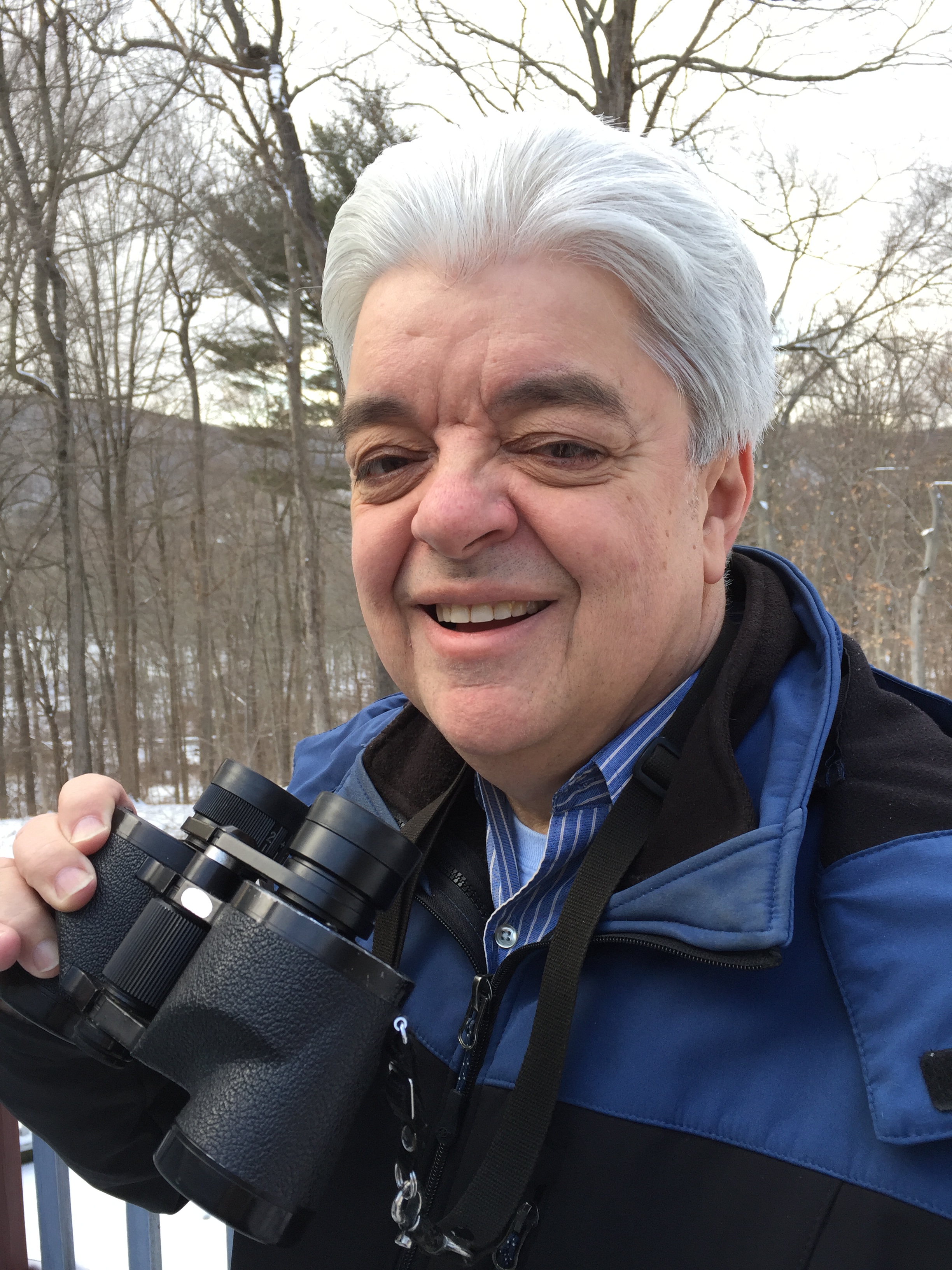Full Moon Names for 2010
Full Moonnames date back to Native Americans, of what is now the northern and easternUnited States. Those tribes of a few hundred years ago kept track of theseasons by giving distinctive names to each recurring full moon. Their nameswere applied to the entire month in which each occurred.
There weresome variations in the moon names, but in general the same ones were currentthroughout the Algonquin tribes from New England on west to Lake Superior.European settlers followed their own customs and created some of their ownnames. Since the lunar ("synodic") month is roughly 29.5 days inlength on average, the dates of the fullmoon shift from year to year.
Here is alisting of all of the full moon names, as well as the dates and times for 2010.Unless otherwise noted, all times are for the Eastern Time Zone.
Jan. 30, 1:18 a.m. EST -- Full Wolf Moon.? Amidthe zero cold and deep snows of midwinter, the wolf packs howled hungrilyoutside Indian villages.? It was also known as the Old Moon or the Moon afterYule.? In some tribes this was the Full Snow Moon; most applied that name tothe next moon.? The Moon will also arrive at perigee (it's closest point toEarth on its non-circular orbit) less than three hours later, at 4:04 a.m. ESTat a distance of 221,577 mi. (356,593 km.) from Earth.? So this is the biggestfull moon of 2010.? Very highocean tides can be expected during the next two or three days, thanksto the coincidence of perigee with full moon.?
Feb. 28,11:38 a.m. EST -- FullSnow Moon.? Usually the heaviest snows fall in this month.? Hunting becomesvery difficult, and hence to some tribes this was the Full Hunger Moon.? .
Mar. 29,10:25 p.m. EDT -- FullWorm Moon.? In this month the ground softens and the earthworm casts reappear,inviting the return of the robins.? The more northern tribes knew this as theFull Crow Moon, when the cawing of crows signals the end of winter, or the FullCrust Moon because the snow cover becomes crusted from thawing by day andfreezing at night.? The Full Sap Moon, marking the time of tapping mapletrees, is another variation. In 2010 this is also the Paschal Full Moon;the first full Moon of the spring season.? The first Sunday following thePaschal Moon is Easter Sunday, which indeed will be observed six days later onSunday, April 4.
Apr. 28,8:18 a.m. EDT -- FullPink Moon.? The grass pink or wild ground phlox is one of the earliestwidespread flowers of the spring.? Other names were the Full Sprouting GrassMoon, the Egg Moon, and -- among coastal tribes -- the Full Fish Moon, when theshad come upstream to spawn.
Breaking space news, the latest updates on rocket launches, skywatching events and more!
May 27,7:07 p.m. EDT -- FullFlower Moon.? Flowers are now abundant everywhere.? It was also known asthe Full Corn Planting Moon or the Milk Moon.
Jun. 26,7:30 a.m. EDT -- FullStrawberry Moon.? Strawberry picking season peaks during this month.?Europeans called this the Rose Moon. There will be also be a Partial LunarEclipse that coincides with moonset from the western and central sectionsof the US and Canada and coincides with moonrise for parts of eastern Asia. Atits maximum the Moon will be overhead for observersin the South Pacific;nearly 54-percent of the Moon's diameter willbecome immersed in the Earth's dark umbral shadow.???
Jul. 25,9:37 p.m. EDT -- FullBuck Moon, when the new antlers of buck deer push out from their foreheadsin coatings of velvety fur.? It was also often called the Full Thunder Moon,thunderstorms being now most frequent.? Sometimes it's also called the Full HayMoon.?
Aug. 24,1:05 p.m. EDT -- FullSturgeon Moon, when this large fish of the Great Lakes and other majorbodies of water like Lake Champlain is most readily caught.? A few tribes knewit as the Full Red Moon because when the moon rises it looks reddish throughsultry haze, or the Green Corn Moon or Grain Moon. Since the Moonarrives at apogee about 12 hours later, this will also be the smallest fullmoon of 2010.? In terms of apparent size, it will appear 12.3-percent smallerthan the full Moon of Jan. 30.
Sep. 23,5:17 a.m. EDT -- FullHarvest Moon. Traditionally, this designation goes to the full moon thatoccurs closest to the Autumnal (fall) Equinox.? The Harvest Moon usually comesin September, but (on average) once or twice a decade it will fall in earlyOctober.? At the peak of the harvest, farmers can work into the night by thelight of this moon.? Usually the moon rises an average of 50 minutes later eachnight, but for the few nights around the Harvest Moon, the moon seems to riseat nearly the same time each night: just 25 to 30 minutes later across theU.S., and only 10 to 20 minutes later for much of Canada and Europe.? Corn,pumpkins, squash, beans, and wild rice -- the chief Indian staples -- are nowready for gathering.
Oct. 22,9:36 p.m. EDT -- FullHunters' Moon.? With the leaves falling and the deer fattened, it's nowtime to hunt.? Since the fields have been reaped, hunters can ride over thestubble, and can more easily see the fox, as well as other animals, which canbe caught for a thanksgiving banquet after the harvest.?
Nov. 21,12:27 p.m. EST -- FullBeaver Moon.? At this point of the year, it's time to set beaver trapsbefore the swamps freeze to ensure a supply of warm winter furs.? Anotherinterpretation suggests that the name Beaver Full Moon come from the fact thatthe beavers are now active in their preparation for winter.? It's also calledthe Frosty Moon.
Dec. 21, 3:13 a.m. EST -- Full Cold Moon. Onoccasion, this moon was also called the Moon before Yule. December is also themonth the winter cold fastens its grip.? Sometimes this moon is referred to asthe Full Long Nights Moon and the term "Long Night" Moon is a veryappropriate name because the nights are now indeed long and the Moon is abovethe horizon a long time.? This particular full moon makes its highest arcacross the sky because it's diametrically opposite to the low Sun.? In fact, themoment of the Winter Solstice comes just over 15 hours after this full moon, at6:38 p.m. EST.
Last, but certainly not least, this will also be the nightof a Total Lunar Eclipse. North Americans will have a ringside seat forthis event (totality will last 73-minutes) and, depending on your location,will take place either during the middle of the night or during the predawnhours. Observers in Western Europe and western Africa will see the openingstages of the eclipse before the Moon sets; South Americans will see the Moonset either during the total phase or as the Moon emerges from the shadow.? Atmid-eclipse, the Moon will appear almost directlyoverhead for observers in southern California and Baja Mexico.
More Moon Info:
- The Disappearing Moon: Why and Where it Hides
- Moon Mechanics: What Really Makes Our World Go 'Round
- Moon Myths: The Truth About Lunar Effects on You
- Top 10 Amazing Moon Facts
Skywatching Guides:
- Skywatcher's Guide to the Moon
- Skywatching Highlights of 2010
- What's Up Tonight: Sky Calendar
- Beginner's Guide to Astrophotography
- Telescope Buying Guide
Joe Rao serves as an instructor and guest lecturer at NewYork's Hayden Planetarium. He writes about astronomy for The New York Times andother publications, and he is also an on-camera meteorologist for News 12Westchester, New York.

Joe Rao is Space.com's skywatching columnist, as well as a veteran meteorologist and eclipse chaser who also serves as an instructor and guest lecturer at New York's Hayden Planetarium. He writes about astronomy for Natural History magazine, Sky & Telescope and other publications. Joe is an 8-time Emmy-nominated meteorologist who served the Putnam Valley region of New York for over 21 years. You can find him on Twitter and YouTube tracking lunar and solar eclipses, meteor showers and more. To find out Joe's latest project, visit him on Twitter.
